This week we continue our journey around Namibia, as we leave Sossusvlei and Deadvlei, and head north, to Walvis Bay, then on to the wonderful Himba people near Sesfontein further north still.
Before we continue with this travelogue, I’d like to mention that for many years, on request from a number of listeners, I have been calling out my camera settings with most of the images that I share, but over the last few days, I’ve implemented a new Lightbox plugin on my website that enables me to share the shooting information automatically with all images that include that information. I know that this won’t help if you are only listening, so I will continue to call out these settings when it is important to understand a technique or why the image is the way it is, but when it’s not so important, I’m not going to call this out any more moving forward.
So, if you ever look at one of the images that I’m talking about and wonder what the settings were, please just click on them to open up the Lightbox, and the information should be there. Because I have been consciously ensuring that this information is embedded in my images since I started the podcast in 2005, this new Lightbox seems to be successfully displaying the settings from the very start, so this change brings new information to pretty much every image I’ve ever uploaded.
Walvis Bay Flamingoes
Also, keep in mind that posts are always available with a short-link using the episode number, so to see the shooting information for the images we’ll talk about today, for example, you’ll need to go to https://mbp.ac/668. We’re going to start with a couple of shots from Walvis Bay, as the sun dropped low in the sky over the South Atlantic Ocean. I needed a fast shutter speed of 1/5000 of a second to keep the incredibly bright water in check for these shots, but I like the effect with the flamingoes silhouetted against the glistening water.
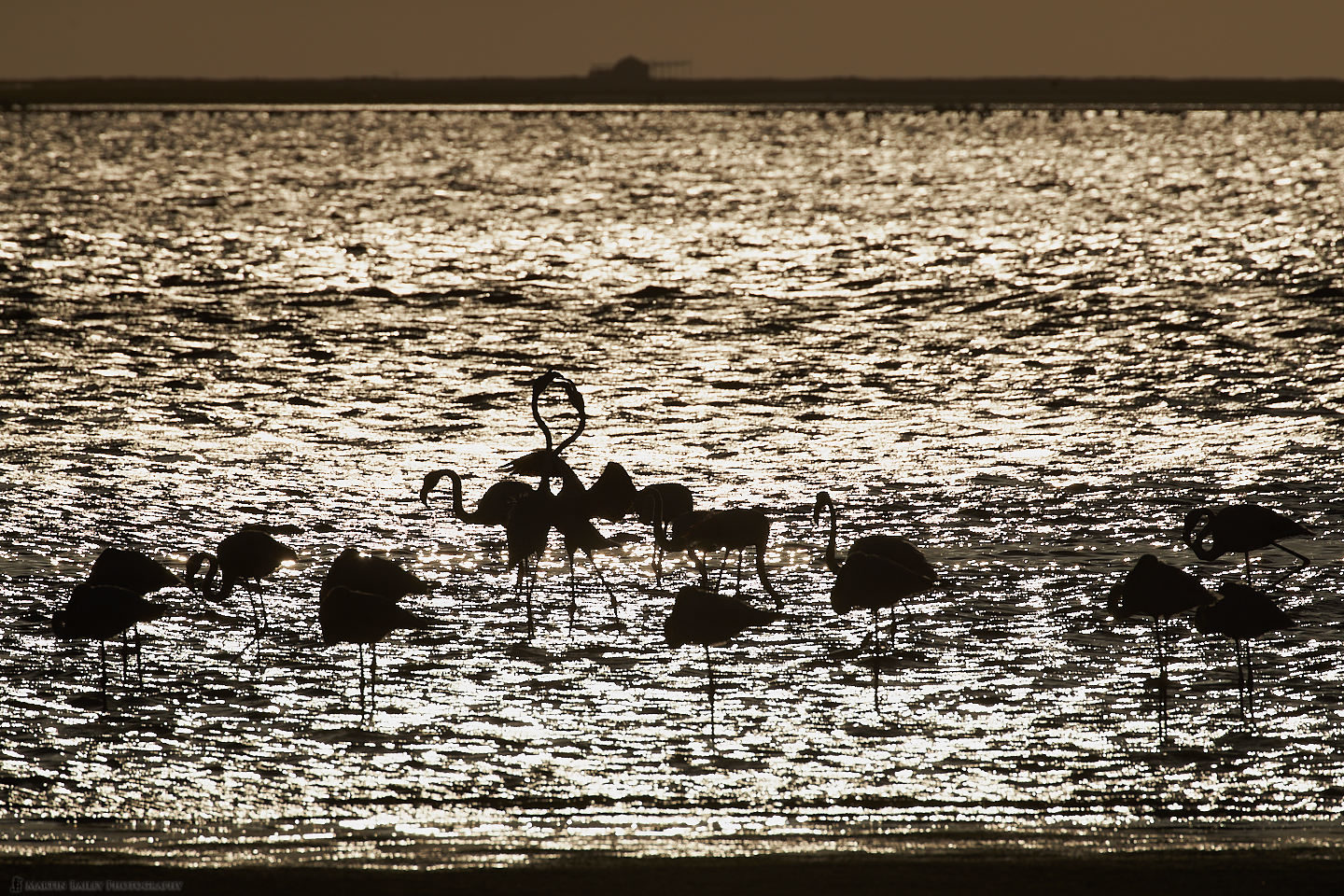
I’m a little bit disappointed that there was a third flamingo overlapping with the two that did a courtship dance, but I only saw them do this once, and that third guy wasn’t going anywhere, so I guess I have to store this one away in my pile of shots that I know I can do better, given enough opportunities. I think that’s how we get better though. If everything just worked out perfectly every time we raised the camera, photography would be a pretty boring pursuit.
Flamingo Sunset
I’m occasionally teased on my workshops for saying that I’m not a sunset person, or sunrise person, and I guess I should actually try to find a way to word it better to avoid confusion, but the longer version is, that I find just a sunset, or just a sunrise, with no additional elements of interest in the frame, to be incredibly boring. If however, there is something that can be included to add to the interest of the image, I will still shoot a sunset or sunrise on occasion, and this photo is one such occasion.
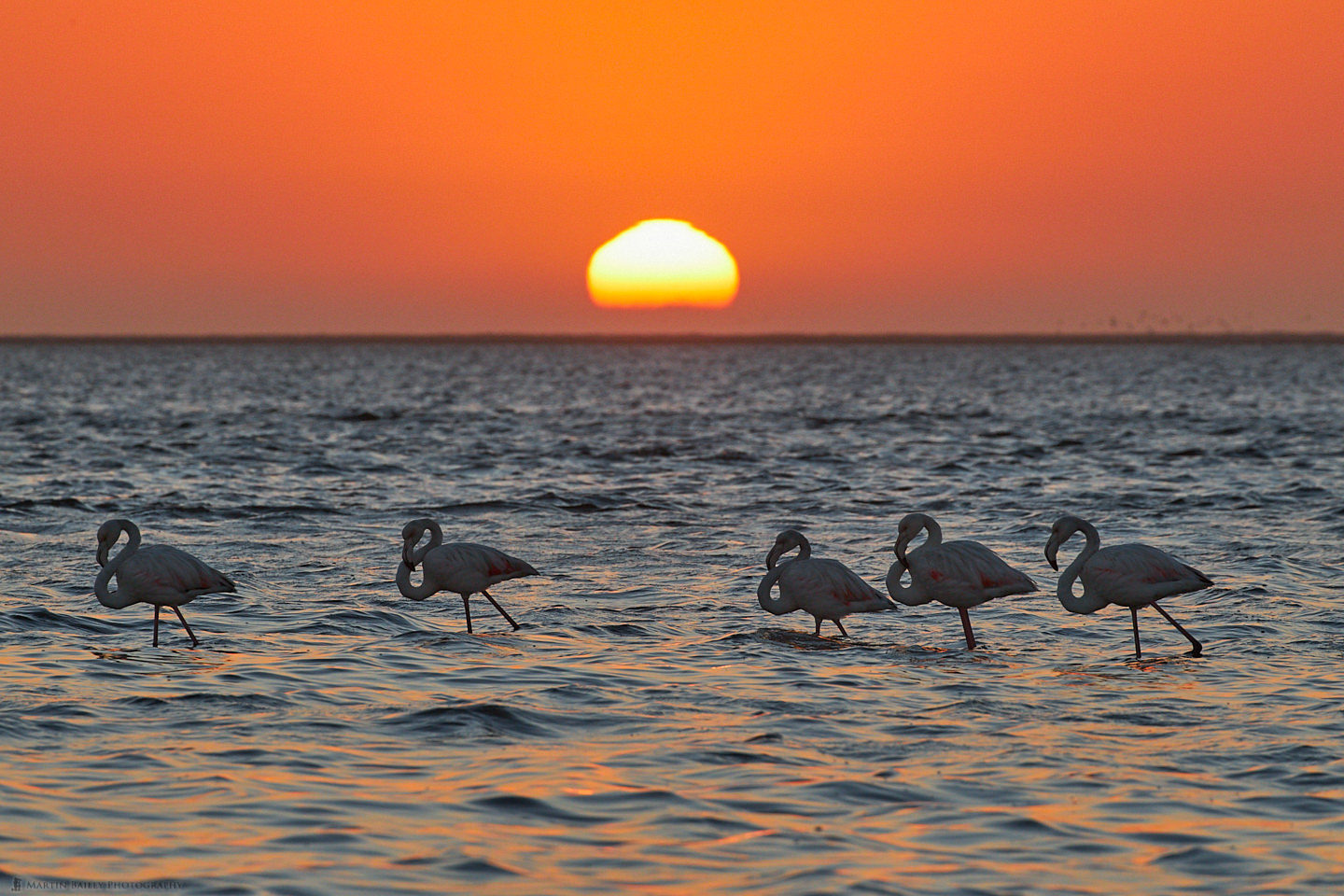
As the sun reached the horizon, me and a number of my participants were searching along the beach for some flamingoes that would add interest, and hopefully lift their heads up, but on this first of our two evenings to try this, it didn’t really happen. I also needed to be closer to the surface of the water too, but without a head up high, I preferred this shot, with the flamingoes walking along in the water, looking for a suitable spot to spend the night. Once again, I was left wanting more, but that’s what makes this so fun and challenging, and I do like this second shot a lot as well, although it’s always nice to aim higher.
Flamingoes in the Mist
Having talked so much about the Cranes in the Mist that I shoot during my Hokkaido Winter Wildlife Tours, it almost feels like I’m cheating by mentioning Flamingoes in the Mist, but this is exactly what we were treated to the following morning while we were in Walvis Bay, as you can see in this next image. The morning mist softened the light beautifully, almost like the flamingoes were sitting in a huge soft box for us. Of course, mist doesn’t hang around if there is any wind, so the surface of the water was also very smooth, giving us some very nice reflections. It wasn’t mill-pond smooth, but for the Atlantic Ocean, it was pretty close, and probably the smoothest I’ve seen it at this spot, so this was a very nice bonus for me and the group.
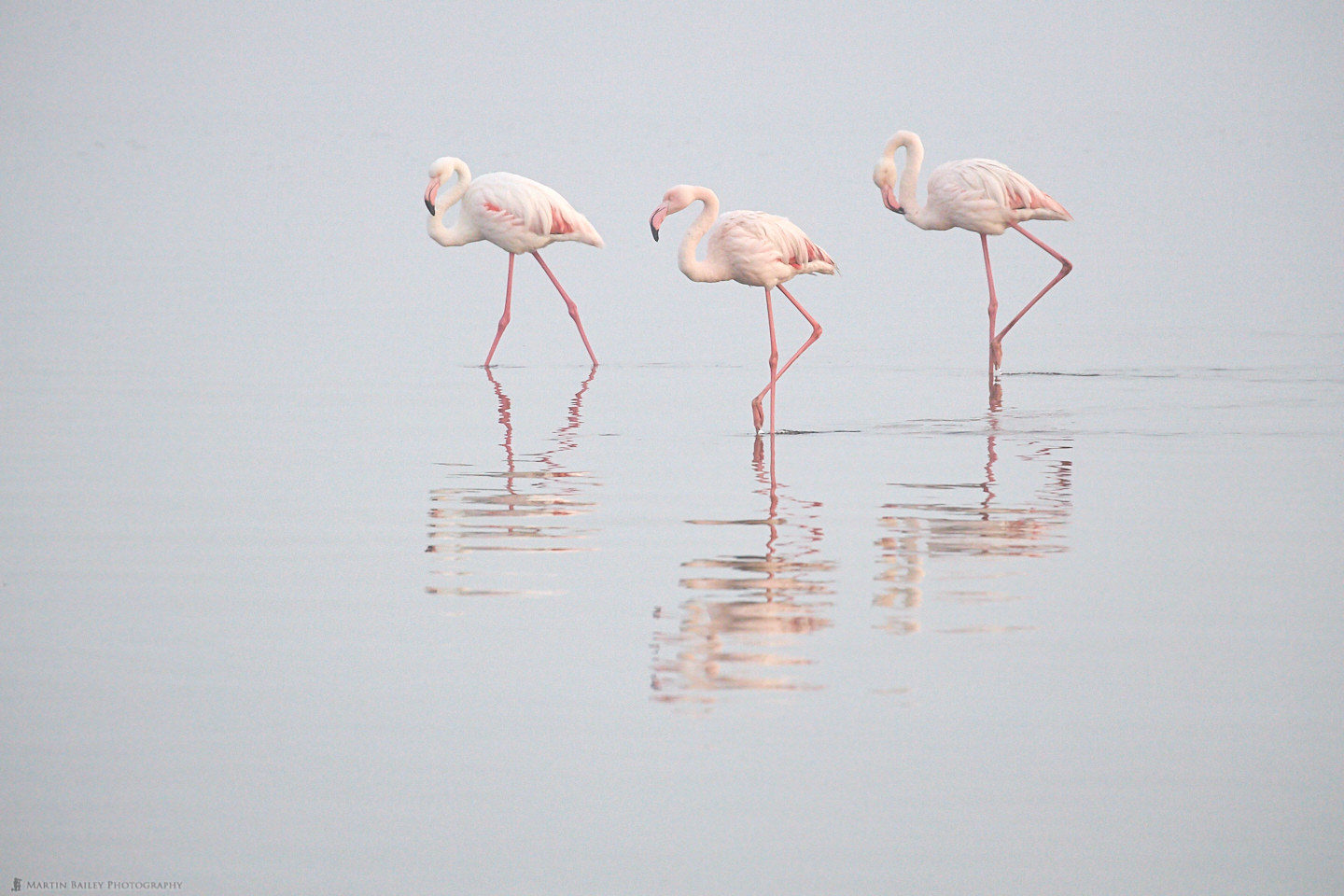
I had to chuckle to myself as well because our local driver and guide had been concerned as we talked about Walvis Day in one of our planning discussions because he thought the mist would cause us problems. Even though he understands photographers’ needs, I think people often fail to understand how much of a blessing a bit of mist can be photographically. Of course, a few years ago, it would indeed have been more of a problem, because even at f/8 I had to crank up my ISO to 3200 to get this shot, and even though I’m using my Expose to the Right techniques to keep the grain down, ISO 3200 would have been a problem until a few generations of cameras ago.
As we started to photograph in the mist, I honestly thought it would burn off quickly as the sun rose, but it hung around for a few hours, giving us countless opportunities, including some flamingo fly-ins in the mist, but I’ll save those shots for another time, so that we can keep the pace going.
Flamingoes with Rectangular Sun
This next shot is also an almost there image, as I’d wished that I could have gotten at least one flamingo with its head up into the sun’s disk, but this is as good as it got for me, as we photographed them at sunset on our second day in Walvis Bay. I was envious of one of my guests that did indeed get a head against the sun’s disk, but that’s how it goes. We can’t win them all, and of course, for me, my guests getting great shots is a win of a different kind, so it still makes me very happy.
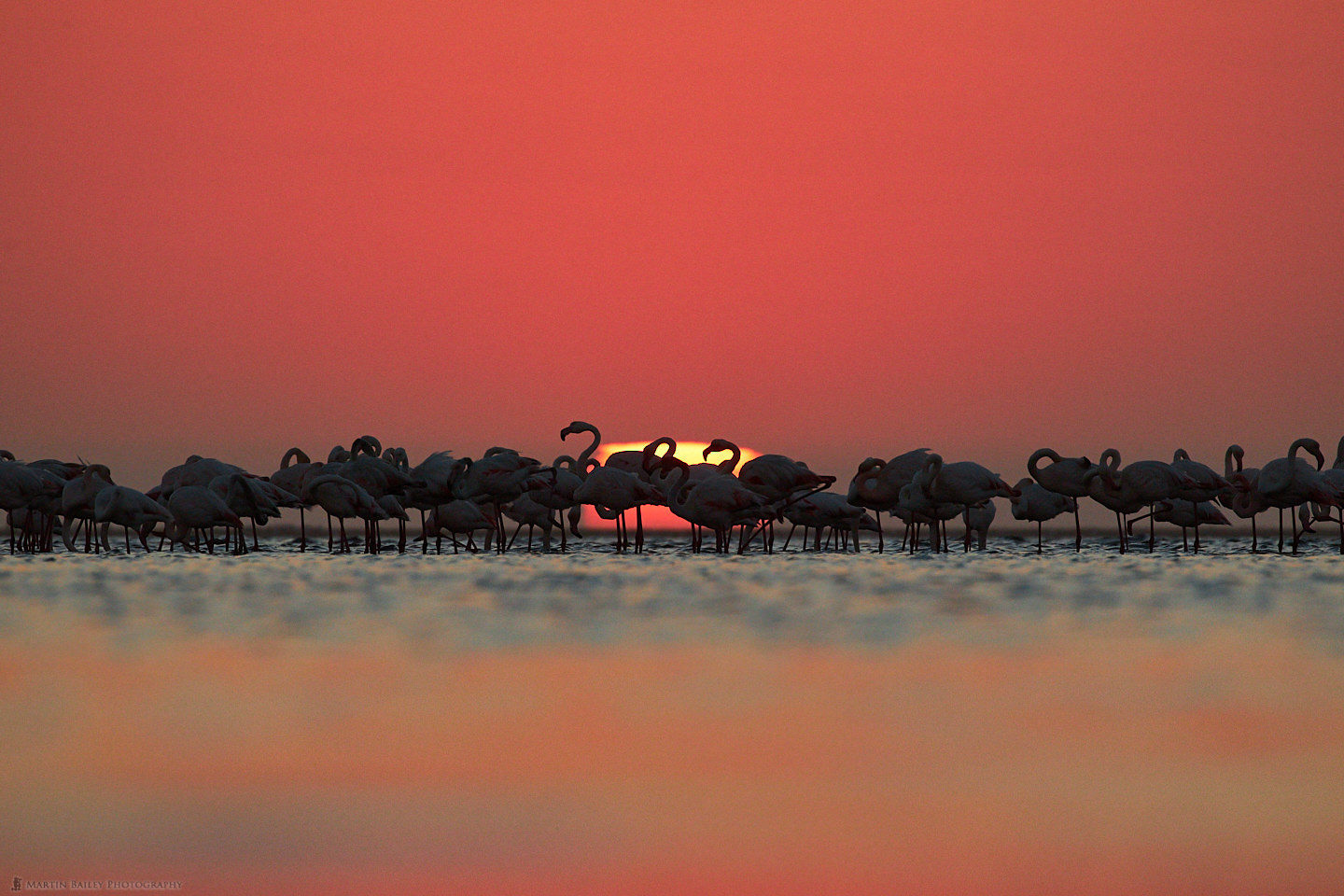
I do still like this shot a lot as well. The articulated LCD on the Canon EOS R enabled me to hold the camera right down on the sand just in front of the waterline, so I have that huge swath of red sky reflecting in the out of focus water in the bottom third of the shot. I also found it necessary to tweak the focus manually to ensure that the band of focus fell perfectly across where the flamingoes were. By the time these few started to lift their heads up, the sun was a bit too far down, and the one on the left with his head the highest isn’t even over the sun, but it’s a close one, and definitely not so bad that I feel I should throw it out.
The Zeila Shipwreck
The following morning, we left Walvis Bay for an epic drive up the Skeleton Coast, to Palmwag, where we’d stay for a future two nights. An hour or so into our drive takes us by the Zeila Shipwreck, which is always worth a stop. This is one of the few spots on this trip were we use

You can see what I mean with those waves crashing against the stern of the Zeila, and also the shape of that wave that is rolling in front of the vessel in the middle of the frame. And I also really like that long line of one-second-surf along the beach. I was also timing my images to get mostly wet sand along the beach as well, which means a wave has just come a way up the beach and is now drawing back out. Because of all of these timing considerations, for this type of
Actually, now that I’m using the Canon EOS R, I have switched from using my old cable releases to Canon’s BR-E1 which is a Bluetooth Wireless Remote Control. I really like this little remote release, as it’s small and easy to carry around, although I almost lost it at our last lodge because it’s so small it had slipped under the lip of a coffee tray in my room. Luckily one of the members of the staff found it during a scan of my room and caught up with us at our vehicle before we left, so he earned a nice tip that morning, and I didn’t have to buy a new remote control. It did make me think though that I need to put a lanyard on it, to make it more obvious where it is, and maybe also just hang it around my neck rather than keeping it in my pocket most of the time.
The Himba People
Namibia is having a very severe drought this year, and although that is terrible on many levels that I won’t go into now, we had been worried because we’d heard that the Himba people that we usually visit during this trip had gone nomad searching for water for their goats. Luckily though, as we made our way up to Palmwag which is a couple of hours south of where they live, we did get confirmation that they had returned, so we were now finally able to look forward to visiting them.
If you’ve been following my photos from Namibia over the years, you’ll know that I have been photographing one young girl literally since she was a small child, and this year I was blown away to find that she’d transitioned from the two plaits that are a mark of the young Himba girls, to the many plaits coated in ocher clay, as you can see in this photograph of her. I’m going to put the two images of this young lady that I’d like to share side by side, for formatting purposes.
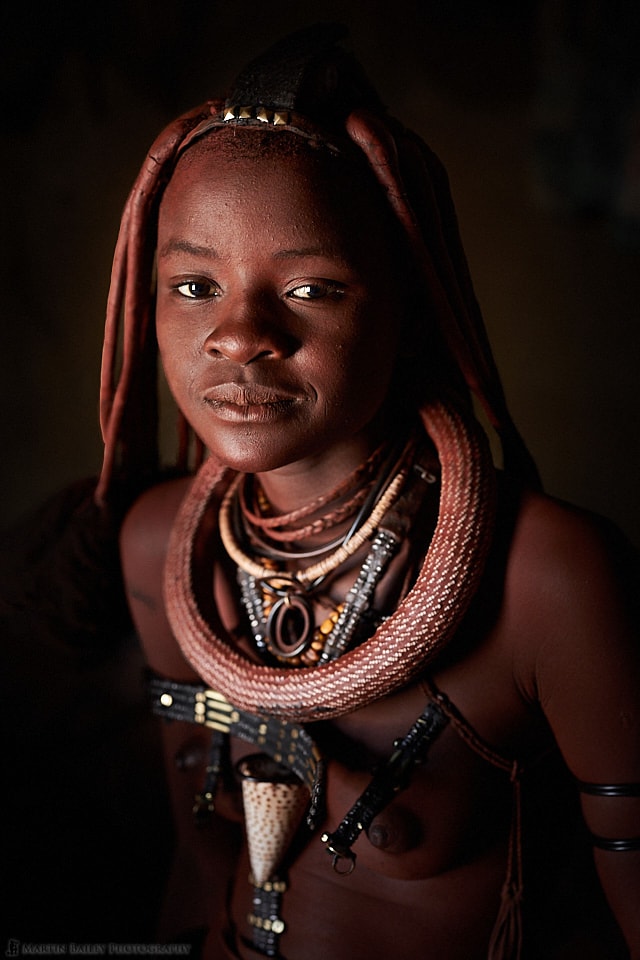
A young himba girl becomes a woman with her newly plaited hair 
A young Himba lady caught in a moment of thought
I was actually worried following last years tour that I might not be able to photograph this girl again, because she was busy tending the goats, and it seemed to inconvenience her to come and be photographed. This year though, in her new regalia including the large shell that signifies that she’s now eligible to marry, she has truly transformed into a young woman, although still so young that she isn’t allowed to speak in a loud voice like her older sisters.
Special Moment
The second photograph that I’m sharing of her was a gift, maybe a prize for my diligence with the camera. We literally only spend a few minutes at a time with these people inside their huts, and I had just asked her to sit slightly differently, and as she rocked forwards, she paused for a brief moment, and I got a glimpse of an expression that I’d not seen before, and find enigmatic and thought
Canon RF 50mm f/1.2L lens
I’d also like to mention before we move on, that I shot these images using the new Canon RF 50mm f/1.2L lens, which is absolutely stunning! The 85mm f/1.4 lens that I used here last year is nice, but it’s a bit too long a focal length to work inside these huts, plus, the nearest focus distance is a little on the long side as well. The new RF 50mm can focus as close as 40 cm compared to 85 cm for the EF 85mm f/1.4 lens, and that is a huge bonus.
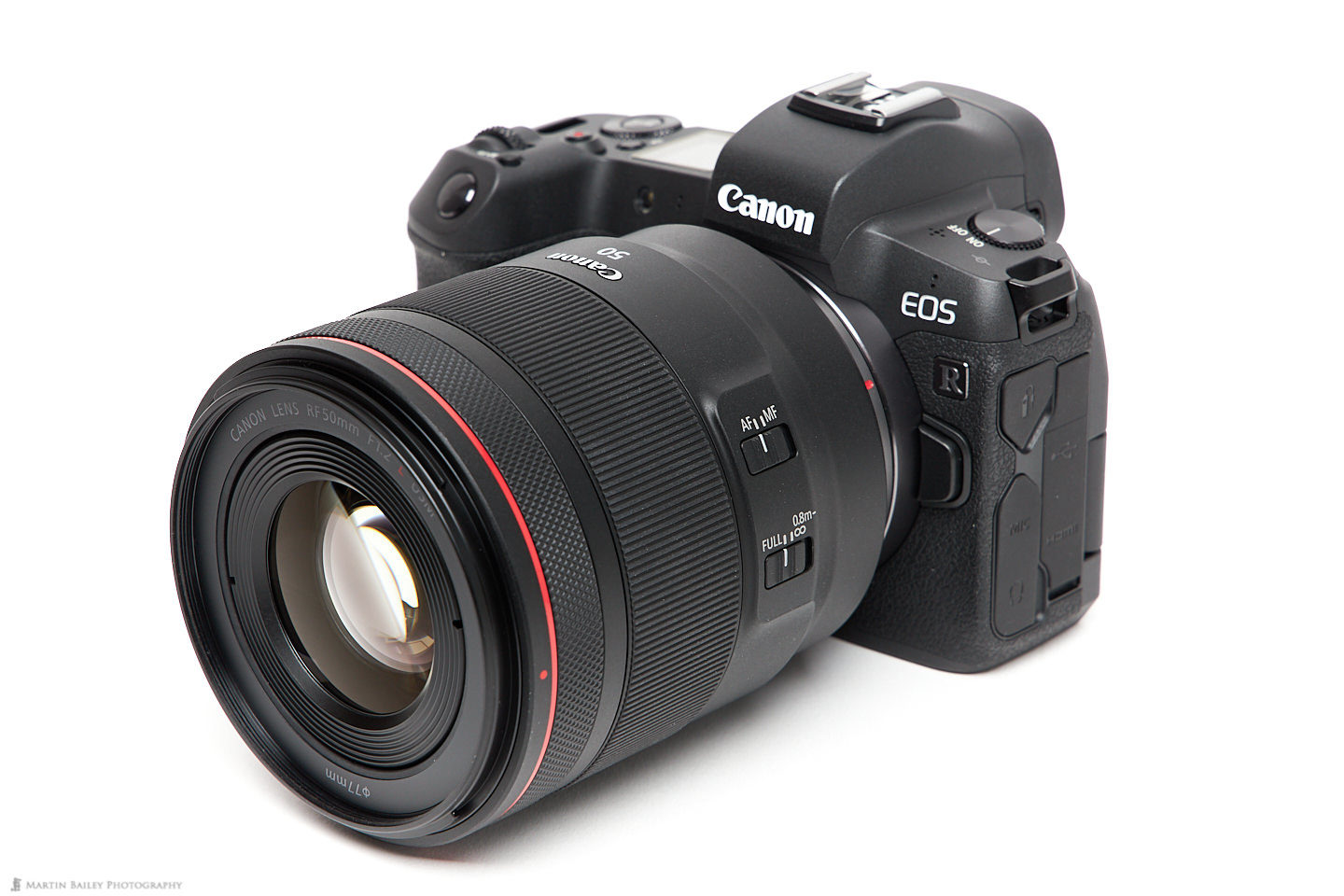
The image quality is out of this world, and to be honest, I have always wanted a 50 mm f/1.2 lens from Canon that actually works. I wanted to like their EF 50 mm f/1.2L lens but the design was a joke, with the focus shifting to the point that it back-focused at close range, which made it pretty much unusable for me. I actually bought the EF 50mm lens twice, hoping to get a good copy, clinging at straws really, but neither worked, so I had to send them back. I’m very happy to say though that the RF 50mm f/1.2 L lens does not have this problem, so it’s great to finally have a working wide aperture prime at this focal length in my camera bag.
The Himba Dance
After spending a number of hours with the Himba people they danced for us, as you can see in this next image. I am always conscious of the need to avoid making this kind of cultural experience a tourist experience, but the feeling that I get is that they truly enjoy this dancing, and having visited so many times, I know that when they don’t want to do this, they just don’t, so it feels like a nice authentic experience.
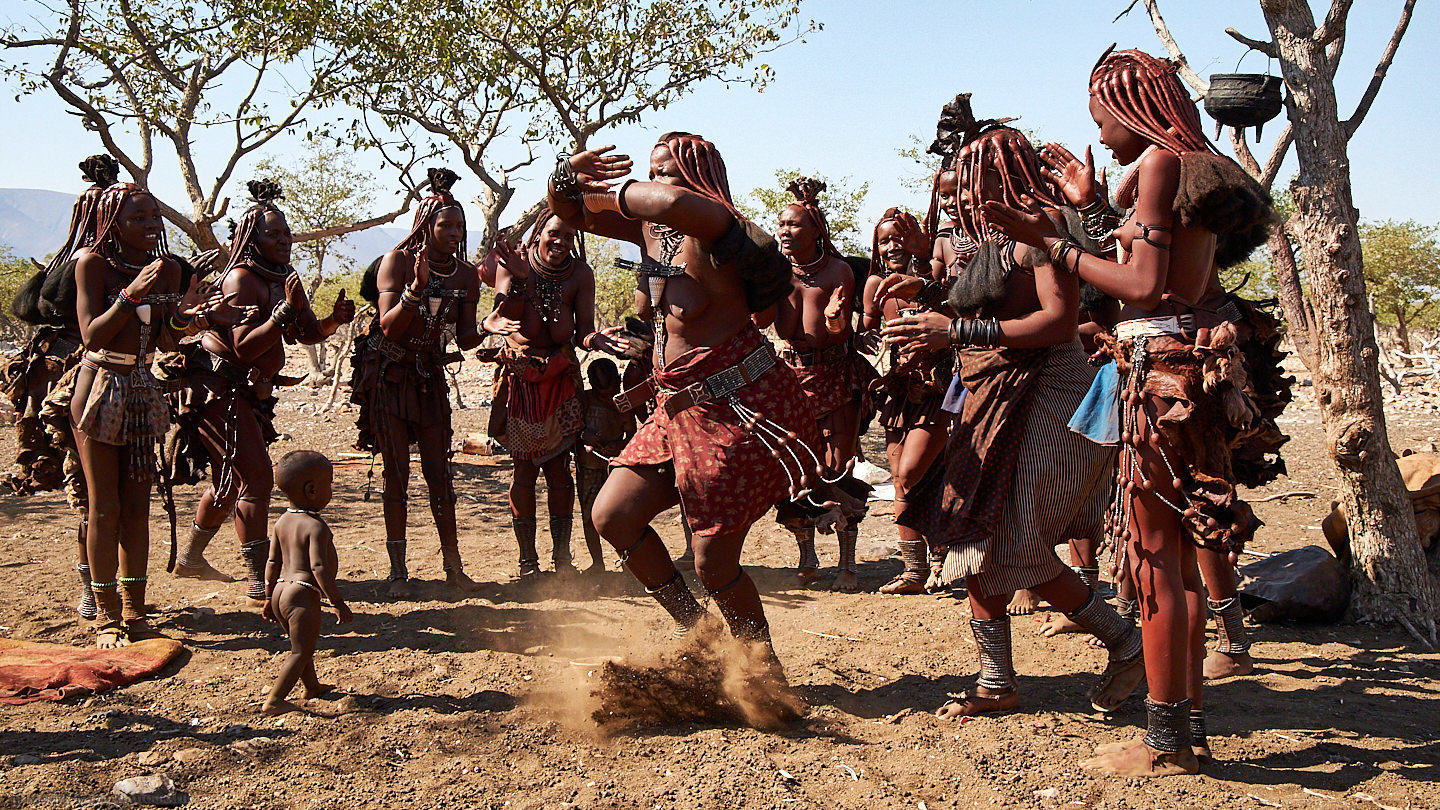
I switched to my Canon RF 24-105mm lens for this shot, so that I could zoom out a little, to 35mm. I like the dynamism with the dust being kicked up by the lady dancing, and to freeze that, I increased my ISO to 1250 and my shutter speed to 1/1250 of a second. It’s really hard to pick just one shot of this, as I have hundreds, but the dust and the child walking into the frame are fun, and I like the expressions on the faces of the people standing around the dancing lady.
Goat Herding
Later in the
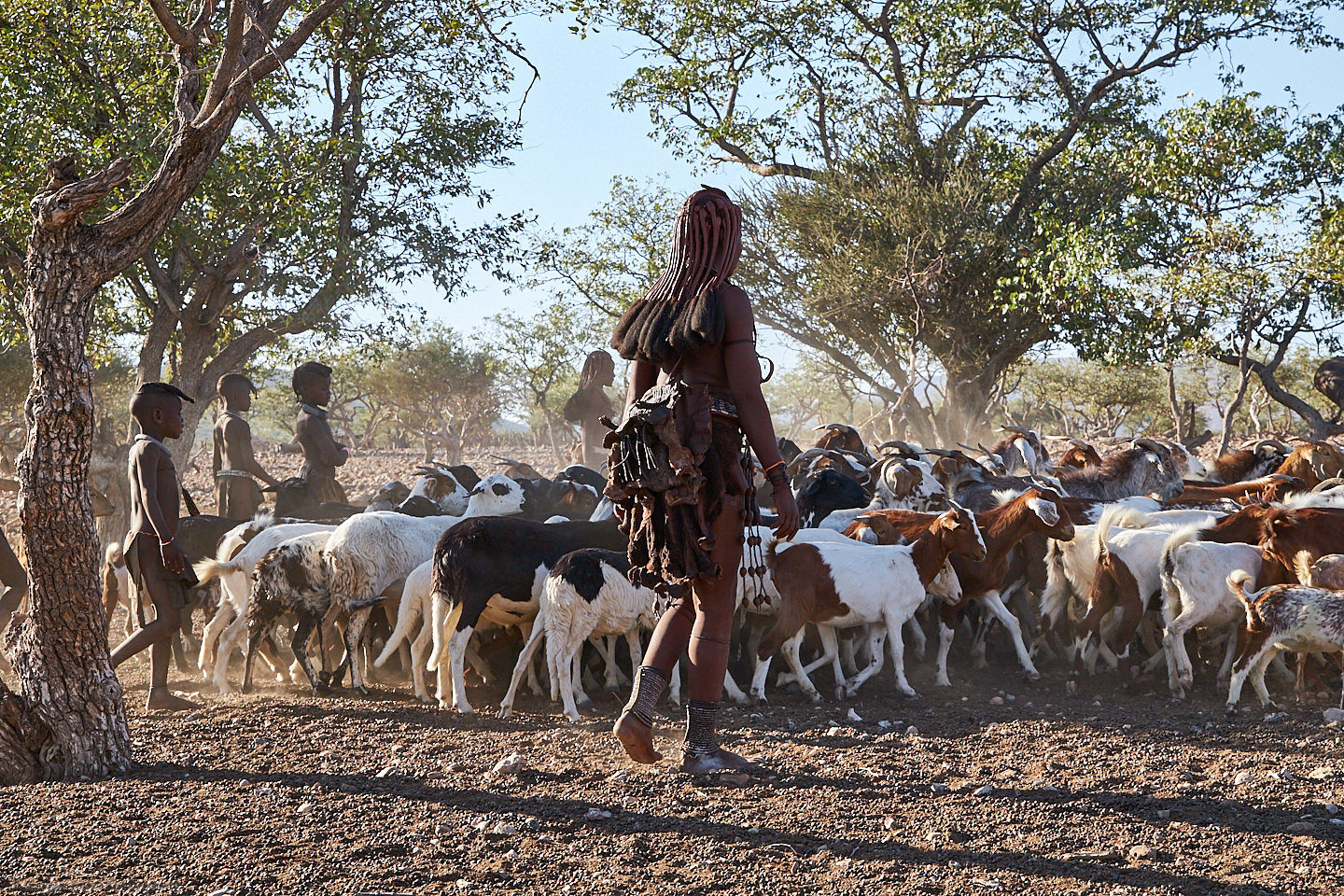
In case you are wondering, we do help these people out by buying some of their souvenirs, which has become an important part of their culture as the tourist industry gradually grows nearer, and more importantly, we go to the nearby town and buy them a lot of provisions that they would otherwise find difficult to get back to their settlement. I feel as though we do right by these people that kindly let us into their lives, and I treasure the experiences that we are able to share with them each year.
Greater Kudu and Bottle Tree
As we drove back to our base one of the guests noticed this Greater Kudu on the top of a rocky hill at the side of the road, so we stopped for a few last shots as the warm evening sun catches the basalt rock providing a striking backdrop for this magnificent antelope.

I’d usually be more concerned about having the small tree in front of the Kudu, but having that Bottle Tree to the right is a nice bonus, and in my opinion outweighs the negative aesthetic of the thin tree trunks over the kudu.
As I mentioned earlier, Namibia is having a terrible drought this year, meaning that the wildlife was behaving differently, and in many ways, we were lucky to see as much as we did. We saw people cutting the grass at the sides of the roads in some areas so that it could be sold and transported to other areas for farmers to feed to their livestock. Our guide told me that it’s a difficult choice for the farmers though, as many of their animals will probably die later this year anyway. I can’t imagine what it would be like to raise livestock in a country like Namibia where the climate can literally wipe out your livelihood with the drop of a hat. Then again, before moving to Japan, I couldn’t imagine living somewhere where earthquakes and tidal waves can sweep aways 10s of thousands of lives just as easily, so I guess it’s what you get used to, but it doesn’t make it any easier to accept, and doesn’t stop me feeling for the people and animals of Namibia as they work through this particularly hard year.
Despite the drought though, the Etosha National Park was still amazing, and next week I’m going to try and whittle down the thirty or so images that I still have in my selection to a final ten images, so that we can finish this series and move on to something else.
Complete Namibia Tour and Workshop 2020 and 2021
In the meantime, if you might be interested in joining me for either my 2020 or 2021 Complete Namibia Tour & Workshop, I have a few places still left on both tours, and you can find details of each tour at https://mbp.ac/namibia2020 and https://mbp.ac/namibia2021 respectively.
Show Notes
See my Complete Namibia Tour & Workshop details at https://mbp.ac/namibia2020 and https://mbp.ac/namibia2021 respectively.
Audio
Subscribe in iTunes to get Podcasts delivered automatically to your computer.
Download this Podcast as an MP3 with Chapters.
Visit this page for help on how to view the images in MP3 files.

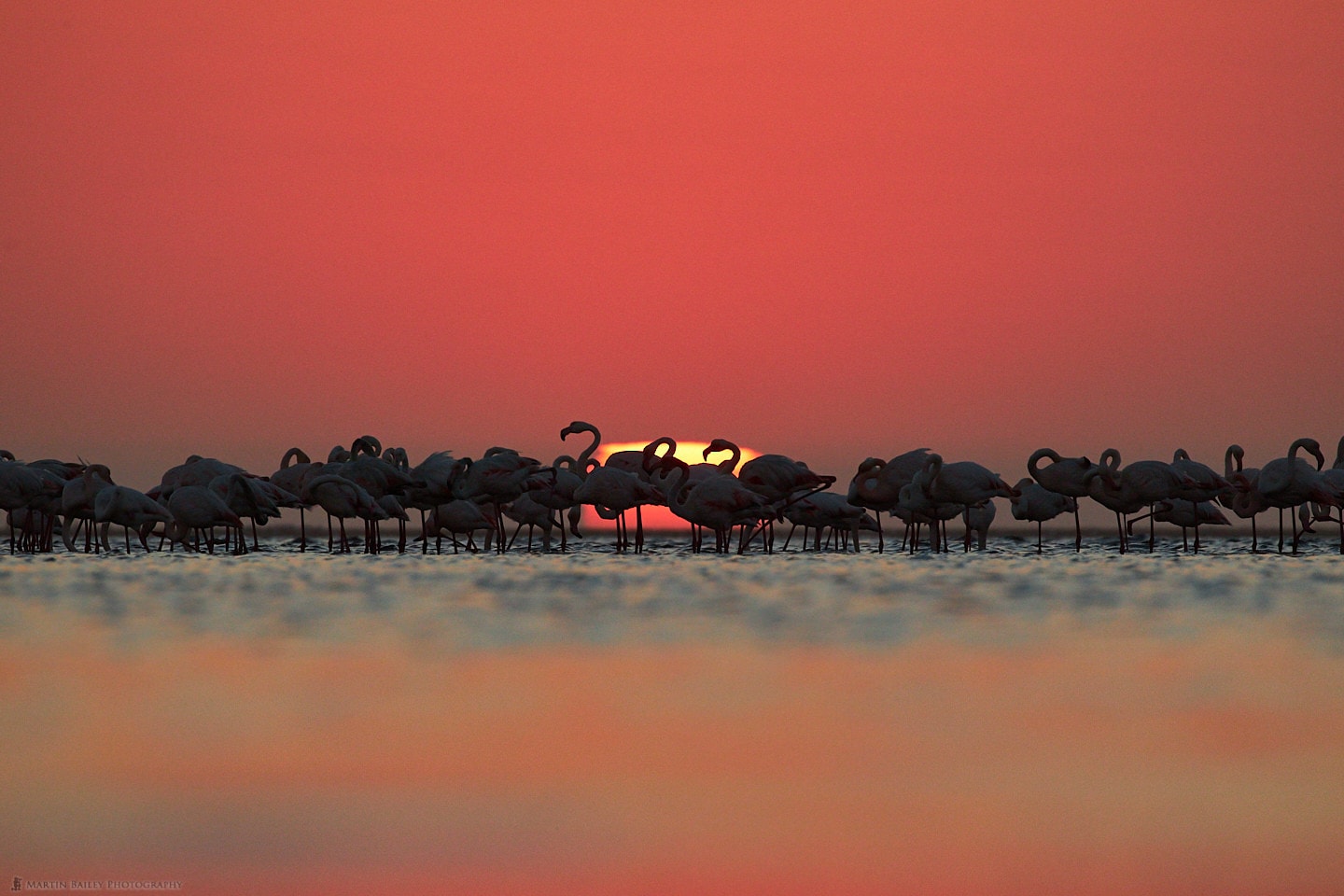
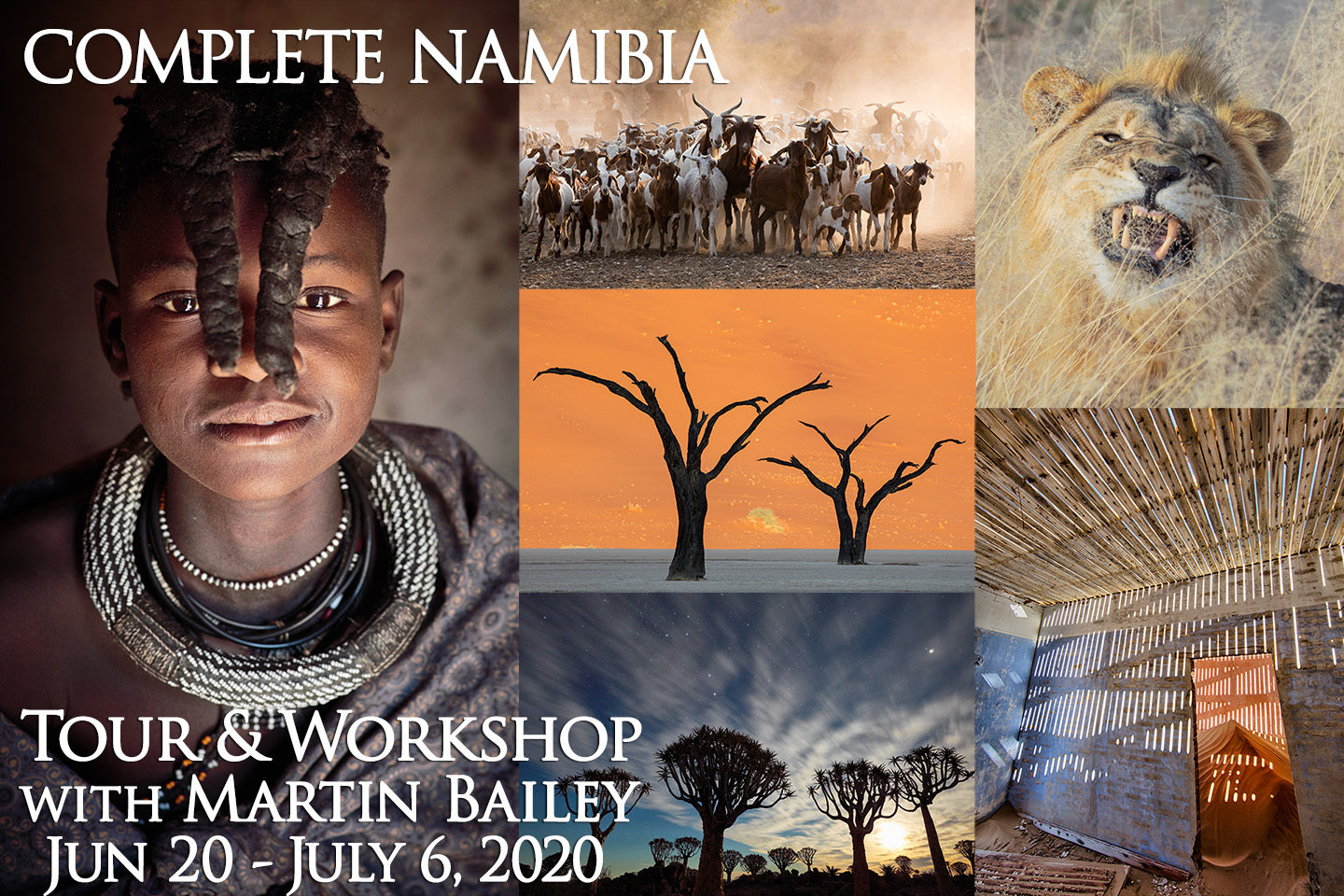


0 Comments